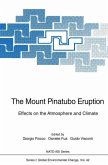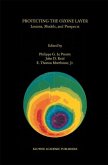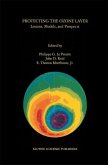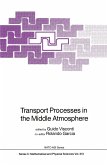The NATO Advanced Research Workshop on "Dynamics, Transport am. Photochemistry in the Middle Atmosphere of the Southern Hemisphere" was held in San Francisco, California, U.S.A., 15-17 April 1989. In addition to NATO, the workshop was supported by the University of California, Los Angeles, and by the National Aeronautics and Space Administration, U.S.A. (NASA). The American Meteorological Society was a co-operating organization. The venue for the workshop was the Lone Mountain Conference Center of the University of San Francisco. The workshop was organized and directed by Dr A.O'Neill (Hadley Centre for Climate Prediction and Research, Meteorological Office, Bracknell, U.K.) and Prof C.R. Mechoso (Dept of Atmospheric Sciences, University of California, Los Angeles, U.S.A.). The workshop was the third one held as part of the Middle Atmosphere in the Southern Hemisphere (MASH) project, an international effort (under the auspices of the Middle Atmosphere Program) to learn more about dynamics, transport and photochemistry in the middle atmosphere of the southern hemisphere. Before the discovery that, during recent years, a dramatic thinning of the ozone layer takes place over Antarctica in spring - the "ozone hole" - the middle atmosphere of the southern hemisphere had received much less attention than that of the northern hemisphere from meteorologists and atmospheric chemists. The MASH project was instituted to remedy this comparative lack of interest.








